The best Canon PowerShot G9 X Mark II prices and deals
It may look like an everyday compact, but the G9 X Mark II hides a massive 1in sensor. And here are the best prices!

Scroll down for today's best Canon PowerShot G9 X Mark II deals
This swish-looking, metal-bodied compact is one of the most obviously retro-looking Canons we’ve seen to date, particularly in its silver iteration with tan grip (above). It can also now been found at some very attractive prices, as it has recently been replaced by the similar Canon PowerShot G7 X Mark III
The deal here is that this is a pocket-friendly powerhouse that provides another alternative to the smartphone as an image-generating device. The camera’s key features include a larger-than-average 1in 20.1MP sensor, an aluminum construction that’s claimed to be 25% slimmer than the previous iteration, plus continuous shooting speeds of up to 8.2fps (thanks, in part, to a DIGIC 7 processor).
It also features a fairly modest 3x optical zoom the equivalent of 28mm at its widest point, although the f/2 maximum aperture at the wide end allows for creative shallow depth of field effects. Videographers, meanwhile, can call upon Full HD recording, in contrast to the 4K option that found creeping into rivals such as the Panasonic LX15/LX10 and Sony RX100 III.
Read more: The 10 best compact cameras
What’s unsurprisingly omitted, however, is an electronic viewfinder, and there's no hotshoe for you to add one as an optional extra. We do, however, get a pop-up flash, plus a raised shooting mode dial on the top plate that provides quick and direct access to exposure modes.
There's no built-in viewfinder, so stills and video are composed with the camera's 3in LCD, which is also a touchscreen. This has enabled physical back plate controls to be pared down to just four buttons aligned in a neat row, which include the familiar red video-record button at their top.
We found the touchscreen operation required a short period of familiarity as the camera's diminutive proportions meant a tap would occasionally select a feature adjacent to the one we actually wanted. Manual focus selection is also carried out by tapping the rear display, which provides access to pretty much all of the frame apart from its extremities, while face detection, tracking and macro modes are also provided.
Picture wise, for the most part the Canon’s metering is spot on, while white balance copes well with mixed lighting conditions. As we’ve come to expect from the same sensor as that in the original PowerShot G9 X, images from the Mark II version display excellent levels of detail while colours are vibrant and pleasingly saturated.
To conclude, this second iteration would work well as a backup compact for an existing Canon mirrorless or DSLR owner, or for those wanting a bit more of the classic camera experience than their phone camera allows. Not only that, but at 206g in weight, this option will still readily slip into a jacket or trouser pocket.
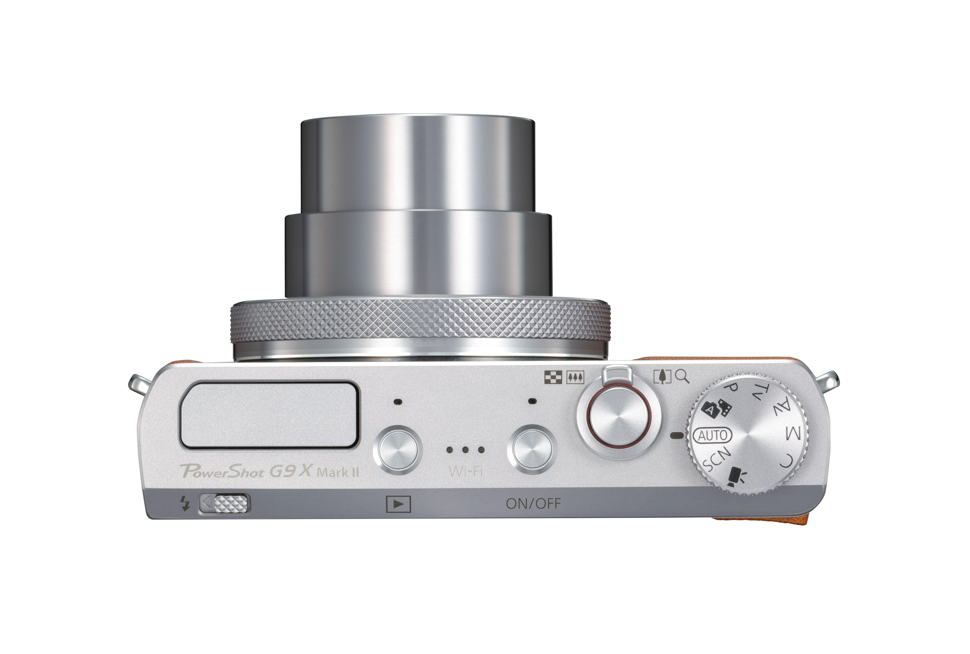
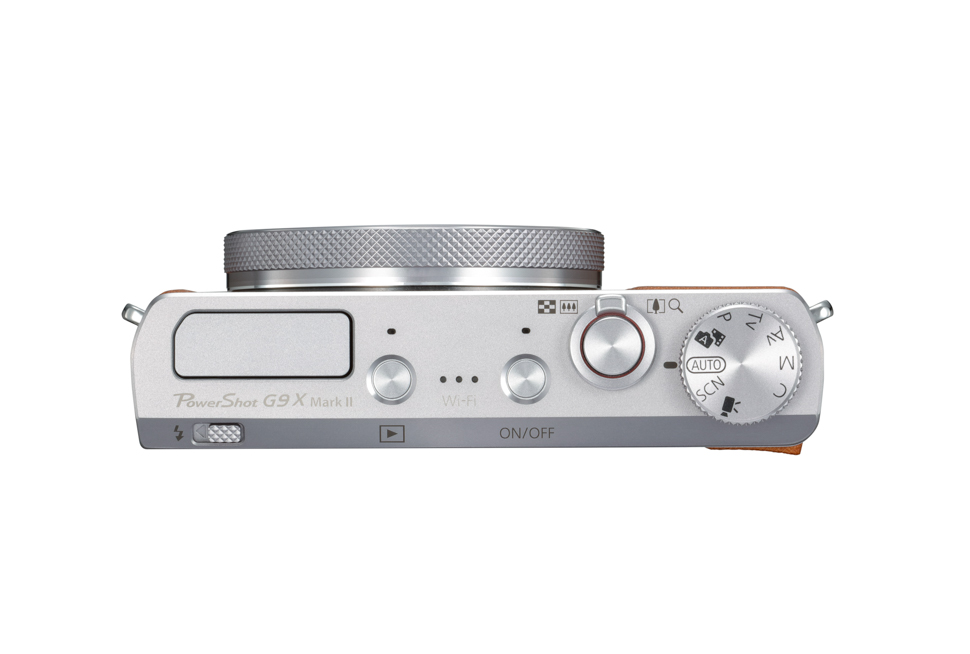
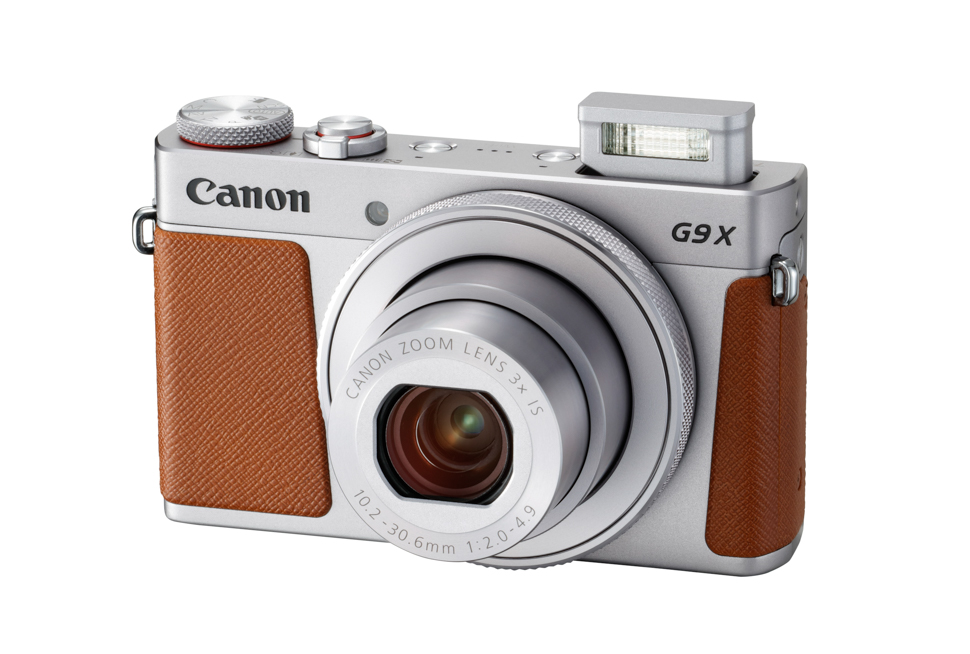
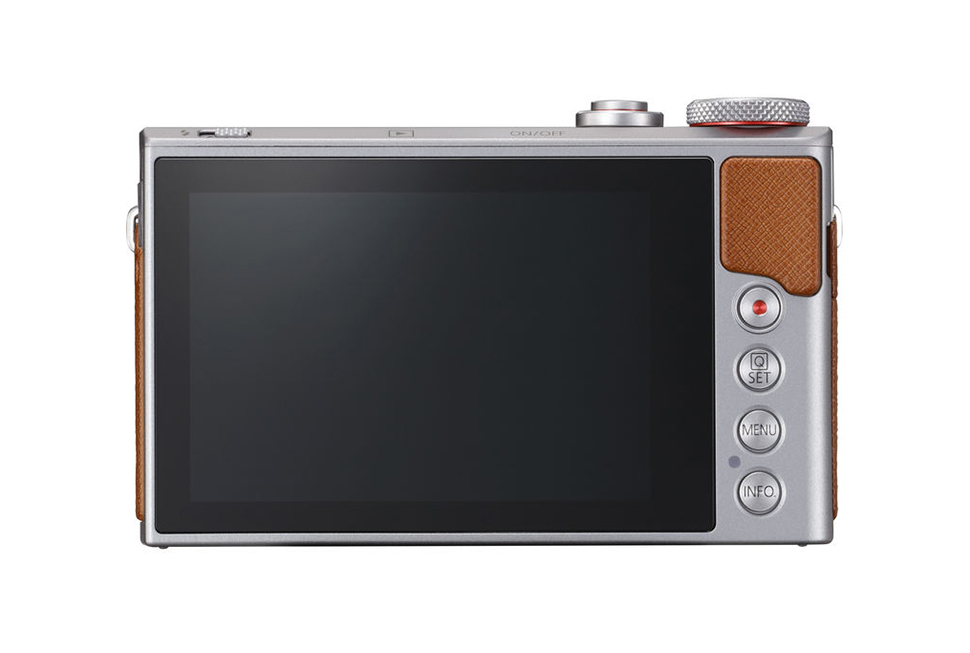
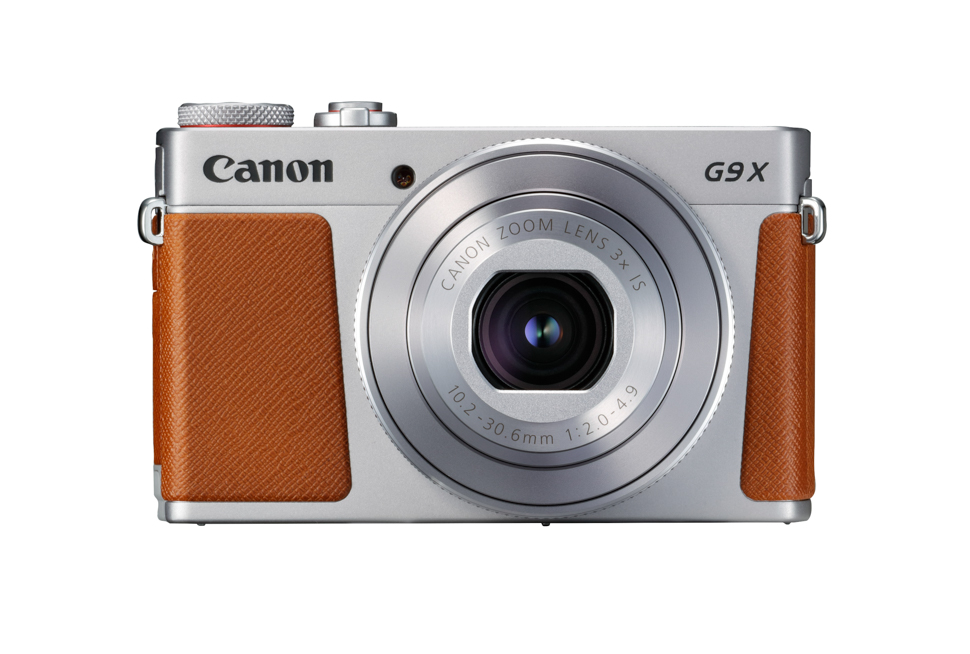

Canon PowerShot G9 X Mark II Key Specs
With a large sensor inside a svelte shell, the G9 X Mark II exceeds expectations
Type: Compact | Sensor: 1in | Megapixels: 20.1MP | Lens: 28-84mm f/2.0-f/4.9 | Screen: 3in touchscreen, 1.04million dots | Viewfinder: No | Maximum continuous shooting: 8.2fps | Max video resolution: 1080p | User level: Beginner/Enthusiast
Read more:
Best cameras under $500/£500
Best cameras for beginners
Best cameras for enthusiasts
Best cameras for professionals
Get the Digital Camera World Newsletter
The best camera deals, reviews, product advice, and unmissable photography news, direct to your inbox!

For nearly two decades Sebastian's work has been published internationally. Originally specializing in Equestrianism, his visuals have been used by the leading names in the equestrian industry such as The Fédération Equestre Internationale (FEI), The Jockey Club, Horse & Hound, and many more for various advertising campaigns, books, and pre/post-event highlights.
He is a Fellow of the Royal Society of Arts, holds a Foundation Degree in Equitation Science, and holds a Master of Arts in Publishing. He is a member of Nikon NPS and has been a Nikon user since his film days using a Nikon F5. He saw the digital transition with Nikon's D series cameras and is still, to this day, the youngest member to be elected into BEWA, the British Equestrian Writers' Association.
He is familiar with and shows great interest in 35mm, medium, and large-format photography, using products by Leica, Phase One, Hasselblad, Alpa, and Sinar. Sebastian has also used many cinema cameras from Sony, RED, ARRI, and everything in between. He now spends his spare time using his trusted Leica M-E or Leica M2, shooting Street/Documentary photography as he sees it, usually in Black and White.
